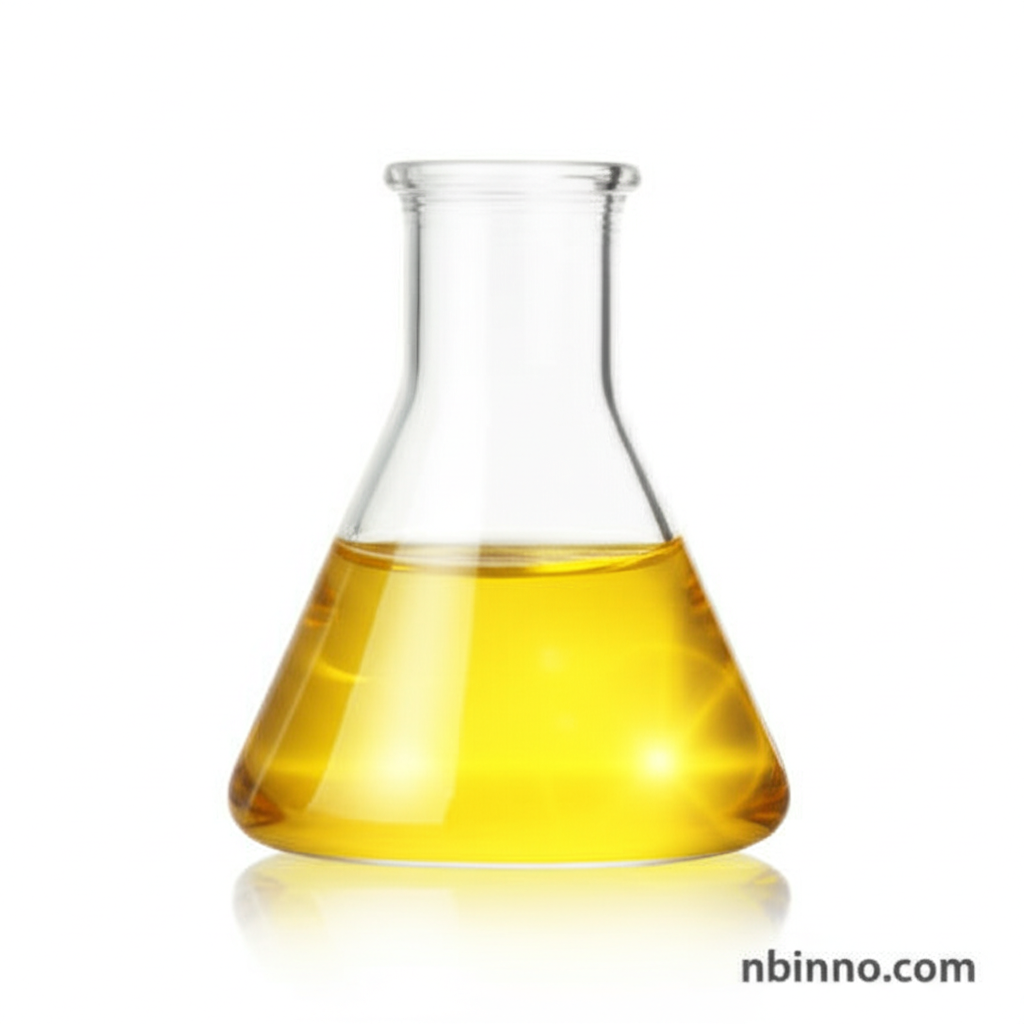Ethyl Cinnamate (CAS 103-36-6): Properties, Applications, and Benefits
Discover the versatile applications of Ethyl Cinnamate, a key ingredient in flavors, fragrances, cosmetics, and pharmaceuticals. Explore its unique aroma and functional properties for your product development needs.
Get a Quote & SampleProduct Core Value

Ethyl Cinnamate
As a reliable supplier in China, we offer high-quality Ethyl Cinnamate (CAS 103-36-6). This organic ester is prized for its distinctive sweet, balsamic, and fruity odor, reminiscent of cinnamon. Its versatility makes it an indispensable component in creating rich sensory experiences, from captivating fragrances to delightful food flavors. We ensure stringent quality control to meet the diverse needs of the flavor and fragrance, cosmetic, and pharmaceutical industries.
- Leveraging Ethyl Cinnamate for unique flavor profiles: This compound is widely used in flavor formulations, adding sweet, fruity notes characteristic of cherry, grape, and peach, enhancing the overall taste experience.
- Enhancing fragrance compositions with Ethyl Cinnamate: Its warm, balsamic aroma makes it a valuable fixative and modifier in perfumery, blending seamlessly into oriental, floral, and woody scents, and improving the longevity of other volatile notes.
- Utilizing Ethyl Cinnamate as a pharmaceutical intermediate: In organic synthesis, it serves as a crucial building block for creating more complex pharmaceutical compounds and active ingredients, valued for its reactivity and stability.
- Exploring Ethyl Cinnamate in modern applications: Beyond traditional uses, it's being investigated for its potential in optical tissue clearing for advanced biomedical imaging, showcasing its evolving role in scientific research.
Advantages Offered by Ethyl Cinnamate
Aromatic Versatility
Ethyl cinnamate's ability to impart sweet, fruity, and balsamic notes makes it a cornerstone in creating complex flavor and fragrance profiles. Its aroma is highly adaptable, supporting diverse scent and taste creations.
Functional Ingredient Properties
As a pharmaceutical intermediate, its specific chemical structure facilitates various reactions crucial for synthesizing active pharmaceutical ingredients (APIs). This role underscores its importance in drug development.
Chemical Stability and Solvency
Its utility extends to specialty chemicals where its low volatility and good solvent properties help stabilize and deliver active ingredients, ensuring consistent product performance and extended shelf life.
Key Applications
Flavor Formulations
Ethyl cinnamate contributes warm, fruity, and balsamic notes, enhancing flavors in confectionery, beverages, and baked goods, making it a popular choice for berry and cinnamon profiles.
Fragrance Compositions
Used as a fixative and modifier, it adds depth and longevity to perfumes, soaps, and air fresheners, lending a sweet, floral-balsamic character to oriental and woody scents.
Pharmaceutical Synthesis
Serves as a vital intermediate in organic synthesis for producing pharmaceutical ingredients, valued for its chemical structure and reactivity in complex drug molecule creation.
Cosmetic Products
Beyond fragrance, it acts as a solvent and potential UV absorber, improving the stability and sensory appeal of lotions, creams, and nail polishes.
